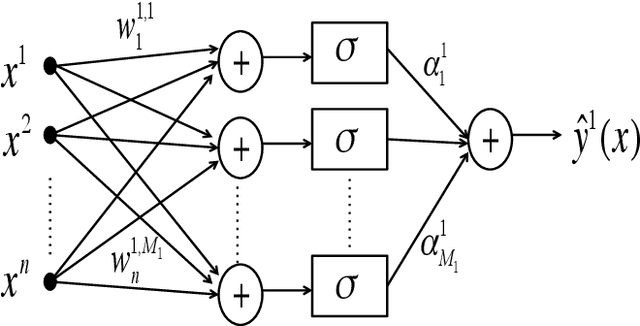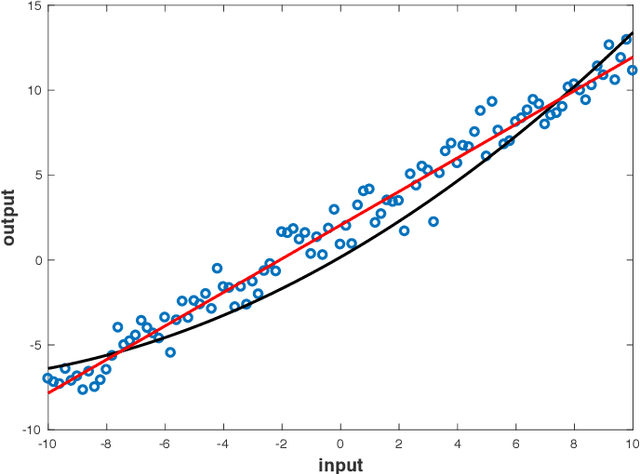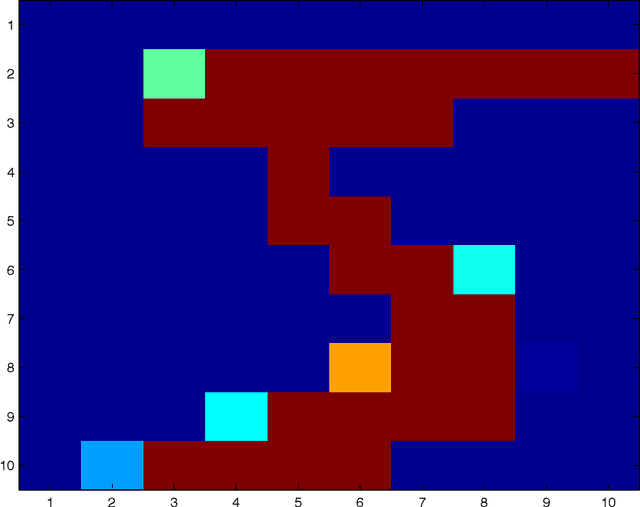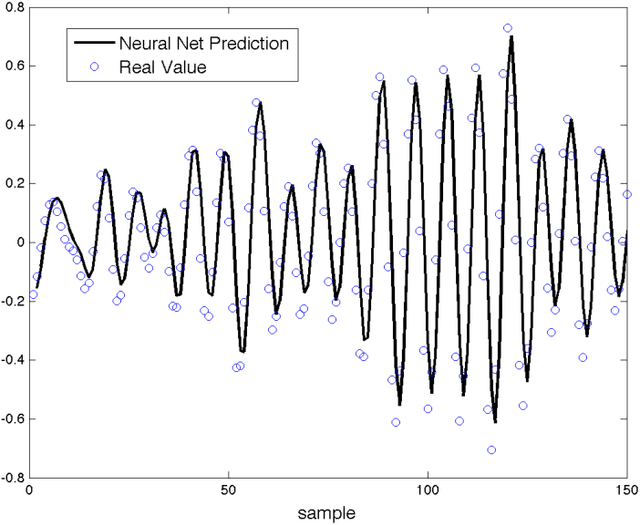Sidney Givigi
School of Computing at Queens University
TRATSS: Transformer-Based Task Scheduling System for Autonomous Vehicles
Apr 07, 2025Abstract:Efficient scheduling remains a critical challenge in various domains, requiring solutions to complex NP-hard optimization problems to achieve optimal resource allocation and maximize productivity. In this paper, we introduce a framework called Transformer-Based Task Scheduling System (TRATSS), designed to address the intricacies of single agent scheduling in graph-based environments. By integrating the latest advancements in reinforcement learning and transformer architecture, TRATSS provides a novel system that outputs optimized task scheduling decisions while dynamically adapting to evolving task requirements and resource availability. Leveraging the self-attention mechanism in transformers, TRATSS effectively captures complex task dependencies, thereby providing solutions with enhanced resource utilization and task completion efficiency. Experimental evaluations on benchmark datasets demonstrate TRATSS's effectiveness in providing high-quality solutions to scheduling problems that involve multiple action profiles.
Real-Time Fast Marching Tree for Mobile Robot Motion Planning in Dynamic Environments
Feb 13, 2025Abstract:This paper proposes the Real-Time Fast Marching Tree (RT-FMT), a real-time planning algorithm that features local and global path generation, multiple-query planning, and dynamic obstacle avoidance. During the search, RT-FMT quickly looks for the global solution and, in the meantime, generates local paths that can be used by the robot to start execution faster. In addition, our algorithm constantly rewires the tree to keep branches from forming inside the dynamic obstacles and to maintain the tree root near the robot, which allows the tree to be reused multiple times for different goals. Our algorithm is based on the planners Fast Marching Tree (FMT*) and Real-time Rapidly-Exploring Random Tree (RT-RRT*). We show via simulations that RT-FMT outperforms RT- RRT* in both execution cost and arrival time, in most cases. Moreover, we also demonstrate via simulation that it is worthwhile taking the local path before the global path is available in order to reduce arrival time, even though there is a small possibility of taking an inferior path.
* This is the preprint version of the paper published in 2023 IEEE International Conference on Robotics and Automation (ICRA). The final version is available at IEEE Xplore: https://doi.org/10.1109/ICRA48891.2023.10160595
Automotive Speed Estimation: Sensor Types and Error Characteristics from OBD-II to ADAS
Dec 31, 2024Abstract:Modern on-road navigation systems heavily depend on integrating speed measurements with inertial navigation systems (INS) and global navigation satellite systems (GNSS). Telemetry-based applications typically source speed data from the On-Board Diagnostic II (OBD-II) system. However, the method of deriving speed, as well as the types of sensors used to measure wheel speed, differs across vehicles. These differences result in varying error characteristics that must be accounted for in navigation and autonomy applications. This paper addresses this gap by examining the diverse speed-sensing technologies employed in standard automotive systems and alternative techniques used in advanced systems designed for higher levels of autonomy, such as Advanced Driver Assistance Systems (ADAS), Autonomous Driving (AD), or surveying applications. We propose a method to identify the type of speed sensor in a vehicle and present strategies for accurately modeling its error characteristics. To validate our approach, we collected and analyzed data from three long real road trajectories conducted in urban environments in Toronto and Kingston, Ontario, Canada. The results underscore the critical role of integrating multiple sensor modalities to achieve more accurate speed estimation, thus improving automotive navigation state estimation, particularly in GNSS-denied environments.
Emergent Structure in Multi-agent Systems Using Geometric Embeddings
Nov 17, 2024Abstract:This work investigates the self-organization of multi-agent systems into closed trajectories, a common requirement in unmanned aerial vehicle (UAV) surveillance tasks. In such scenarios, smooth, unbiased control signals save energy and mitigate mechanical strain. We propose a decentralized control system architecture that produces a globally stable emergent structure from local observations only; there is no requirement for agents to share a global plan or follow prescribed trajectories. Central to our approach is the formulation of an injective virtual embedding induced by rotations from the actual agent positions. This embedding serves as a structure-preserving map around which all agent stabilize their relative positions and permits the use of well-established linear control techniques. We construct the embedding such that it is topologically equivalent to the desired trajectory (i.e., a homeomorphism), thereby preserving the stability characteristics. We demonstrate the versatility of this approach through implementation on a swarm of Quanser QDrone quadcopters. Results demonstrate the quadcopters self-organize into the desired trajectory while maintaining even separation.
Adver-City: Open-Source Multi-Modal Dataset for Collaborative Perception Under Adverse Weather Conditions
Oct 08, 2024



Abstract:Adverse weather conditions pose a significant challenge to the widespread adoption of Autonomous Vehicles (AVs) by impacting sensors like LiDARs and cameras. Even though Collaborative Perception (CP) improves AV perception in difficult conditions, existing CP datasets lack adverse weather conditions. To address this, we introduce Adver-City, the first open-source synthetic CP dataset focused on adverse weather conditions. Simulated in CARLA with OpenCDA, it contains over 24 thousand frames, over 890 thousand annotations, and 110 unique scenarios across six different weather conditions: clear weather, soft rain, heavy rain, fog, foggy heavy rain and, for the first time in a synthetic CP dataset, glare. It has six object categories including pedestrians and cyclists, and uses data from vehicles and roadside units featuring LiDARs, RGB and semantic segmentation cameras, GNSS, and IMUs. Its scenarios, based on real crash reports, depict the most relevant road configurations for adverse weather and poor visibility conditions, varying in object density, with both dense and sparse scenes, allowing for novel testing conditions of CP models. Benchmarks run on the dataset show that weather conditions created challenging conditions for perception models, reducing multi-modal object detection performance by up to 19%, while object density affected LiDAR-based detection by up to 29%. The dataset, code and documentation are available at https://labs.cs.queensu.ca/quarrg/datasets/adver-city/.
Analysis and Design of Quadratic Neural Networks for Regression, Classification, and Lyapunov Control of Dynamical Systems
Jul 26, 2022



Abstract:This paper addresses the analysis and design of quadratic neural networks, which have been recently introduced in the literature, and their applications to regression, classification, system identification and control of dynamical systems. These networks offer several advantages, the most important of which are the fact that the architecture is a by-product of the design and is not determined a-priori, their training can be done by solving a convex optimization problem so that the global optimum of the weights is achieved, and the input-output mapping can be expressed analytically by a quadratic form. It also appears from several examples that these networks work extremely well using only a small fraction of the training data. The results in the paper cast regression, classification, system identification, stability and control design as convex optimization problems, which can be solved efficiently with polynomial-time algorithms to a global optimum. Several examples will show the effectiveness of quadratic neural networks in applications.
 Add to Chrome
Add to Chrome Add to Firefox
Add to Firefox Add to Edge
Add to Edge